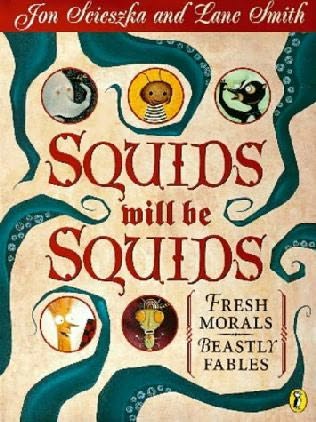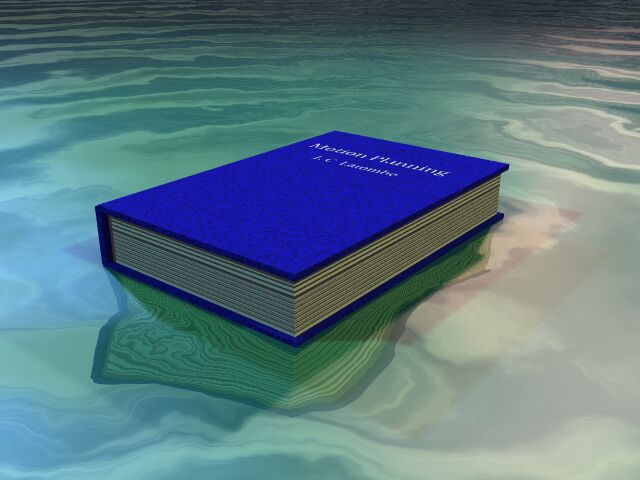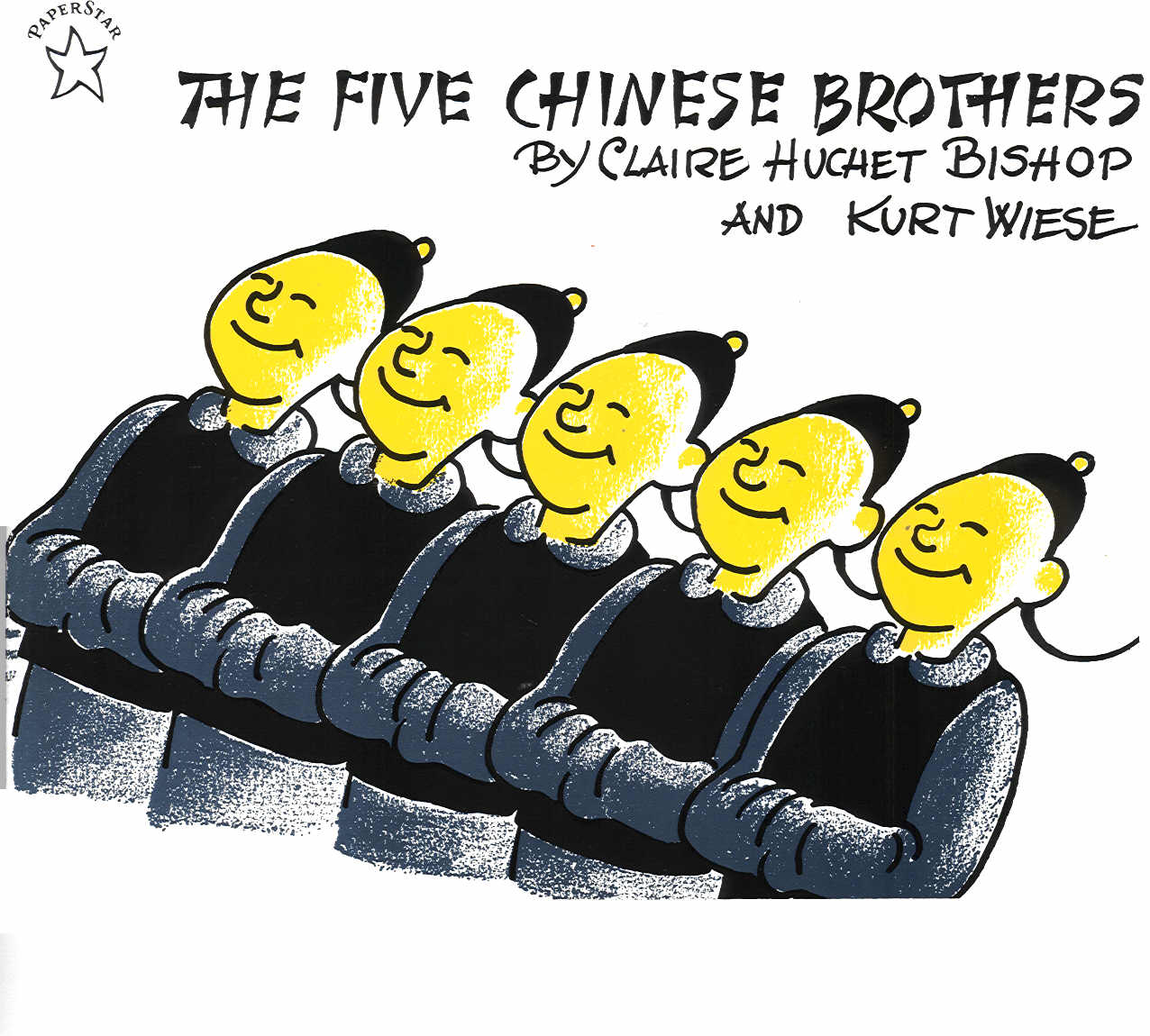 The Misfits
The Misfitsby James Howe
The Misfits is an amazing novel about a perfectly random group of four students: an overweight tie salesman, an early activist, a young homosexual, and a sloppy hooligan. These four twelve year kids form "the misfits" because they believe they do not fit in with the others in the small town of Paintbrush Falls. Beginning with Addie the activist's refusal to say the Pledge of Allegiance, the group (Addie) decides to form a new political party at school to run for student council. The group frequently bonds together at the Candy Kitchen to discuss the happenings of seventh including popularity, love, politics, and the meaning of misfits. This wonderful novel continues as each member of the group begins to discover who they truly are.
This book is told from the perspective of Bobby as he divulges his true feelings to the reader. Using one of the main characters as a narrator is an interesting way of writing a book that I have not seen very often and can bring a lot to children's literature. Between this type of narration and the combination of James Howe's hilarious and unique writing style this book is sure to have the readers laughing out loud. This book carries a great message as the No-Name parties slogan suggests: Sticks and stones may break our bones, but words will break our spirit. The group pushes to end all name calling. I believe that so many readers would be able to relate to this because they have either probably been called a name, name called, or at least seen it happen. After reading this book it allows people to think about how even the subtle name calling can cause so much pain to people.
This book has caused some controversy because one of the main characters is gay and this novel tells his story about some of the difficulties he goes through as he crushes on his classmate Colin. I believe this book should be embraced in schools because Howe treats Joe's sexuality just as he does with the other main characters. Joe is not pushed out into his own book like homosexuality is often dealt with in children's picture books. This book deals with a lot of other topics including politics, gender, bulling, and race which could make for wonderful discussion during a classroom discussion. I thoroughly enjoyed this fresh, fun, and enlightening book written with a personality by James Howe. I definitely intend on bringing The Misfits into my future elementary classroom.
Intended Age 9-12
 The Little Old Lady Who Was Not Afraid of Anything
The Little Old Lady Who Was Not Afraid of Anything 









